Does Galaxy AI make the Galaxy Z Fold 6 and Flip 6 $100 better?
This will determine if Samsung's new foldables are worth their higher prices
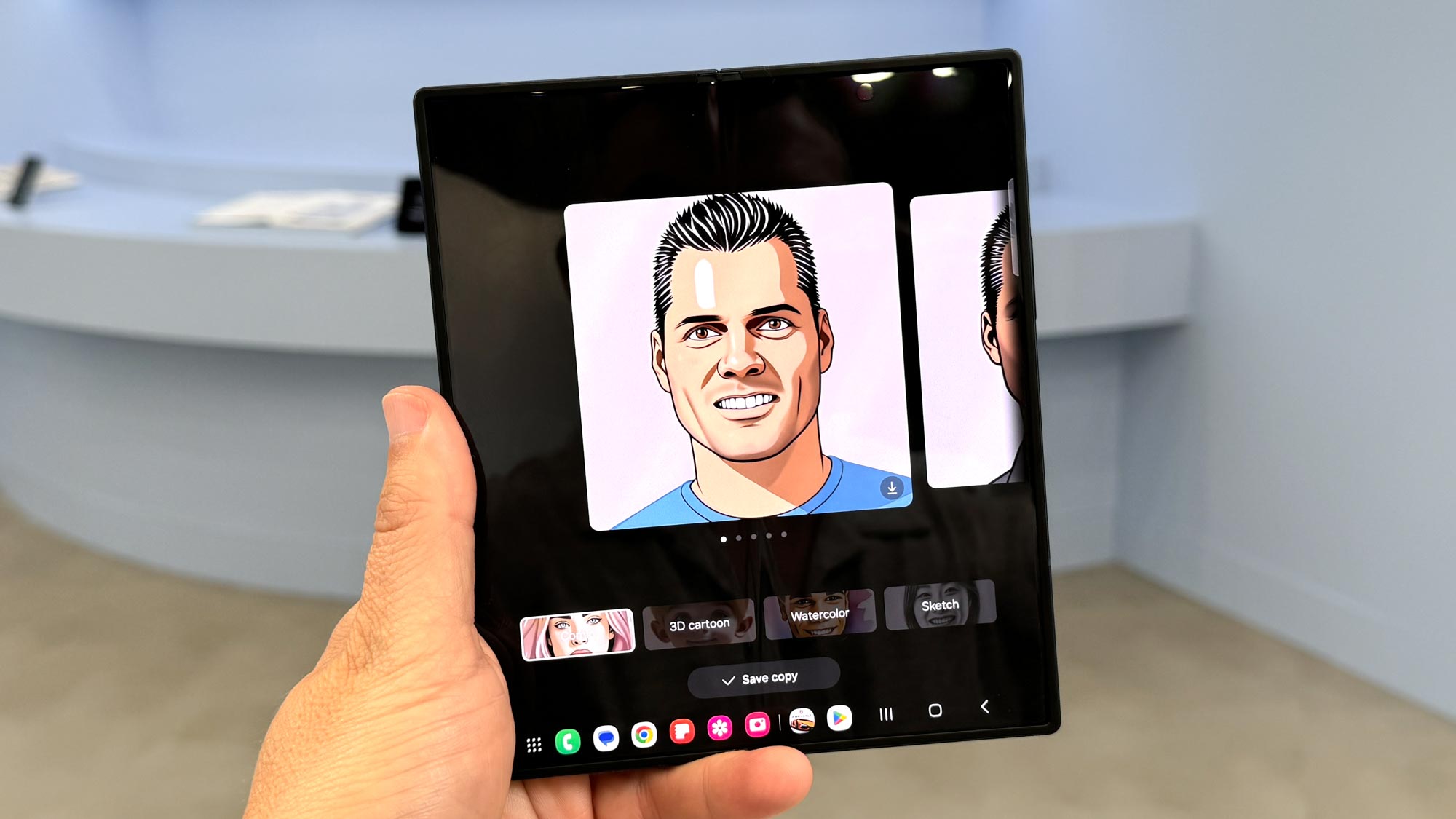
How much is it worth to you to be able to sketch something out on an expansive smartphone display and then tag in generative AI to turn that drawing into something more polished and stylized? Samsung is betting that it's a lot, and it's priced its new AI-powered foldable phones accordingly.
That's the only way I can think to explain what Samsung is charging for the Galaxy Z Fold 6 and Galaxy Z Flip 6 unveiled at last week's Galaxy Unpacked event. Both phones feature the kind of hardware changes that would be considered modest by even the most generous assessments, and yet each one costs $100 more than its predecessor. Considering Samsung's foldables weren't necessarily bargains to begin with, that's a pretty substantial price hike.
And yet, here we are in a world where the Galaxy Z Flip 6 now costs more than any flip phone that Samsung's released since 2020, and the Galaxy Z Fold 6 has ticked upward to $1,899. Samsung has said in the past that it wants to bring foldables to a mass audience, but it seems like the company's idea of the mainstream is off by a couple of tax brackets.
My colleague Mark Spoonauer spoke to Samsung about the thinking behind the Galaxy Z Fold 6 and Galaxy Z Flip 6 prices. "Our top priority is always to deliver an incredible product experience," said Drew Blackard, vice president of mobile product marketing at Samsung. "The Galaxy Z Fold 6 and Galaxy Z Flip 6 set a new standard of mobile innovation for us and is our best foldable series yet enhanced by new Galaxy AI capabilities."
My interpretation of that statement? This is largely about Galaxy AI. And how you feel about the new capabilities Samsung has introduced to its foldables will go a long way toward determining your willingness to pay up for these devices.
Ho-hum hardware changes
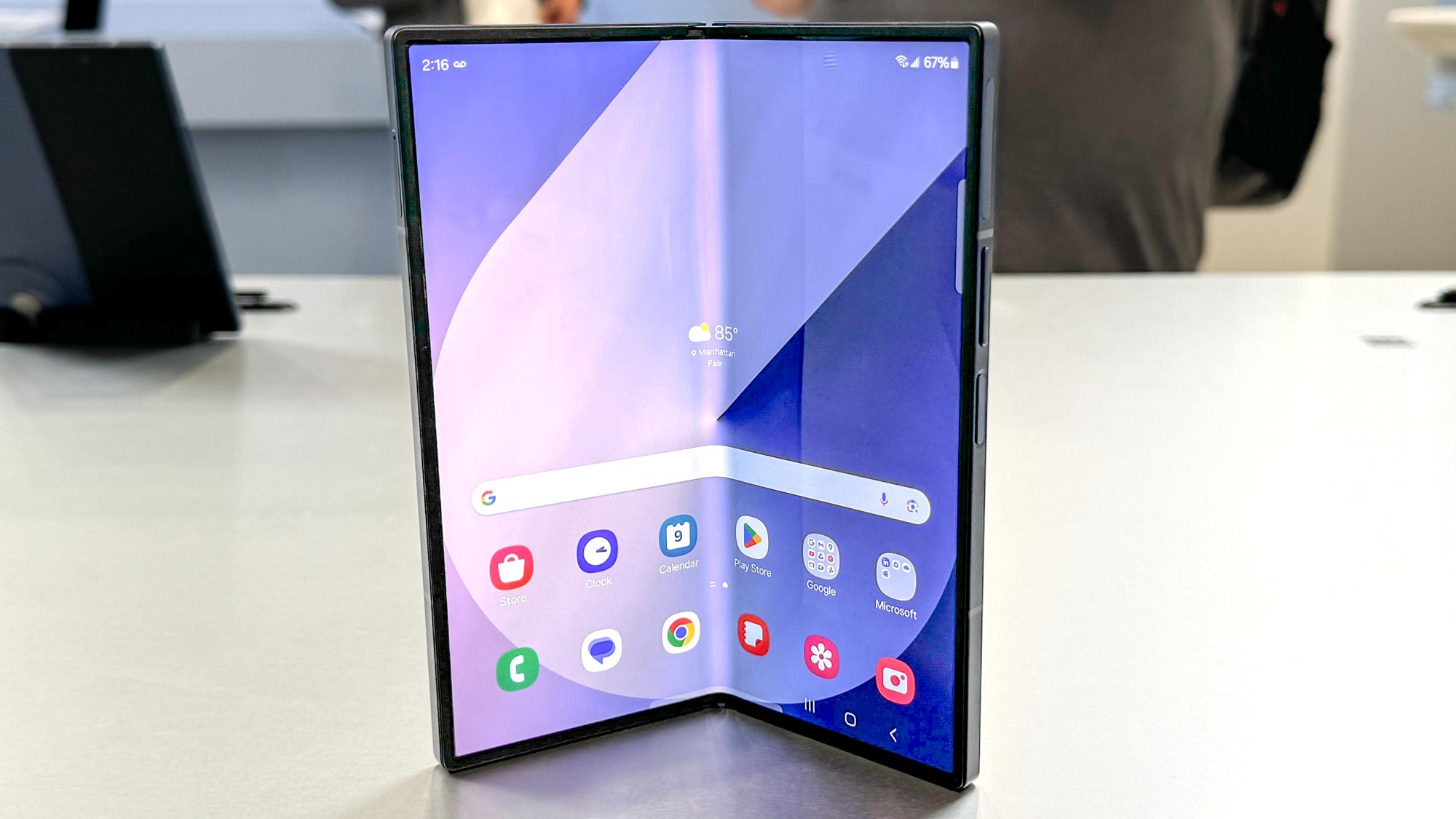
I'm not arguing that the Galaxy Z Fold 6 and Galaxy Z Flip 6 are lackluster phones — we're still in the process of reviewing them, after all. Rather, my confusion stems from looking at the hardware changes and then looking at the phones' respective price tags and not seeing how the first thing justifies the other one.
The Galaxy Z Fold 6 is thinner and lighter than last year's model, certainly, and anything that makes a phone that large easier to tote around is certainly welcome. The outer display is a bit wider, which should make it easier to type on without having to open up the Fold. But the camera setup is essentially the same as the Galaxy Z Fold 5, save for tweaks to the ultrawide sensor to make it perform better in low light. Brighter screen? Check. More durable materials? Check. Bigger battery? Uh, have I mentioned the brighter screen?
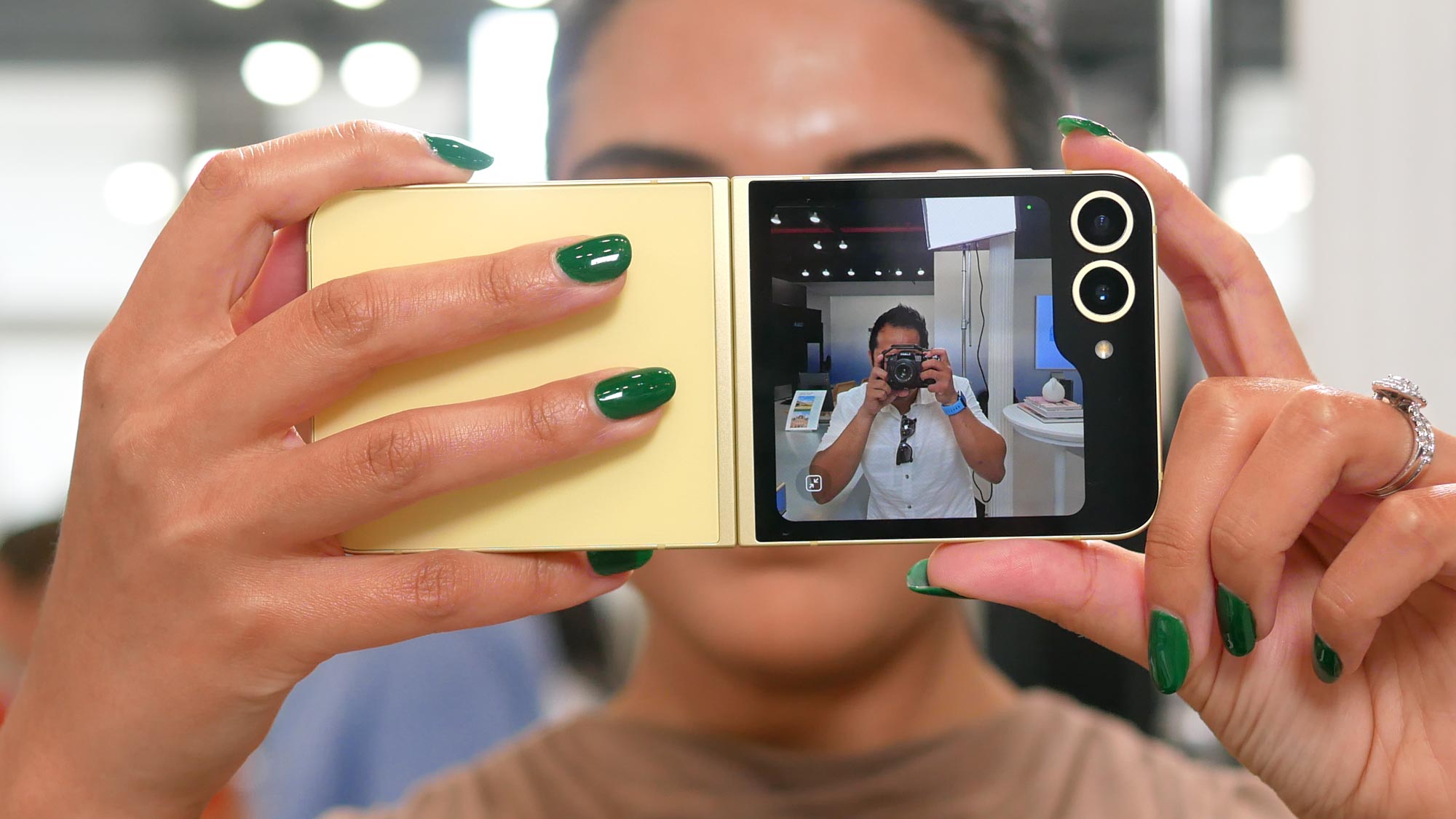
The Galaxy Z Flip 6 may wow a little bit more with what's new, as it gets the same durability treatment as the Fold. The main camera gets an upgrade to a 50MP sensor in the most welcome change, and Samsung managed to fit in a bigger battery on this phone. But if you were looking for other changes like a larger cover screen, you will need to look elsewhere, perhaps at the new and improved Motorola Razr Plus (2024).
I don't like pointing fingers but if there's a possible culprit among the hardware improvements for the higher foldable prices, it could be the Snapdragon 8 Gen 3 chipset in these new models. Including the Galaxy S24 models with the two phones announced last week, the three models that have seen their prices go up from last year all use the Snapdragon 8 Gen 3 exclusive. The Galaxy S24 and Galaxy S24 Plus use a mix of Snapdragon and Exynos chips, and their prices didn't change from the 2023 models.
All about AI
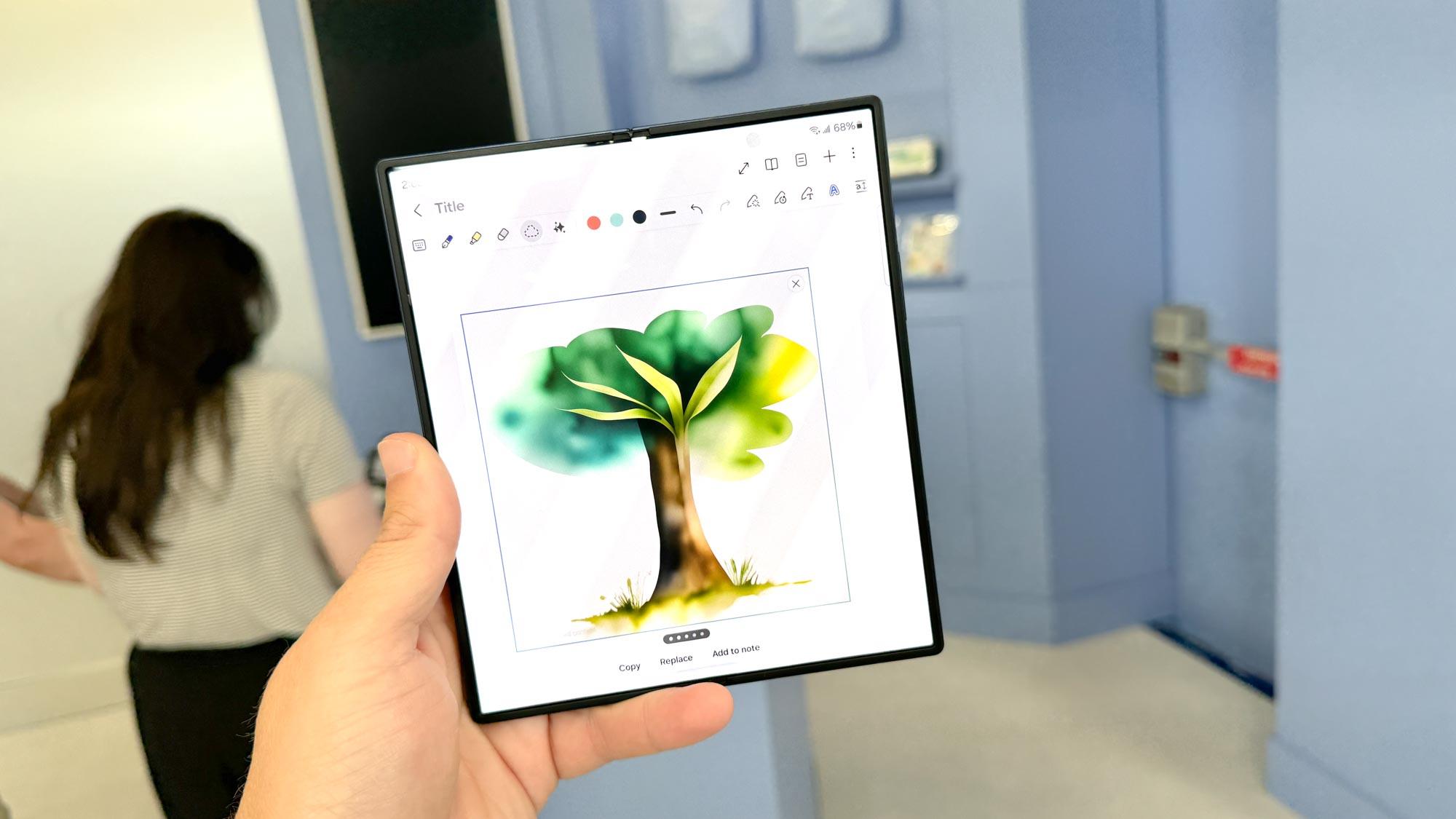
So it's Galaxy AI that will make or break people's reaction to the Galaxy Z Fold 6 and Galaxy Z Flip 6. Based on some early impressions of the new features, Samsung has reason to be confident.
My colleagues who've seen it in action seem to really appreciate how the interpreter mode takes advantage of the dual screens on the Fold and Flip so that you can carry on a real-time conversation with someone in another language — you can position the screens on Samsung's foldables so that both you and your conversation partner can see the translated transcript. Of course, if you don't do a lot of travel, $1,899 is a lot to pay for an interpreter tool you'd use sparingly.
That tool I mentioned earlier that transforms sketches into something more stylized is exclusive to the Galaxy Z Fold 6, and it also looks very cool and could be handy to the kinds of people who are attracted to the Fold as a note-taking device. That's an example of a Galaxy AI feature that may very well justify paying up for that particular foldable.
Other features sound like nice-to-haves, not must-haves, and I'm not sure they'll be enough to make would-be upgraders part with an oversized stack of money. For example, Samsung optimized the Chat Assist feature it introduced earlier this year to work on the Galaxy Z Flip 6's cover display, simplifying the process of responding to incoming messages. It sounds all right in theory, but having used the Chat Assist features on the Galaxy S24, I haven't found the AI-generated responses to be as natural-sounding as I'd prefer.
Further testing may tell a different story about the relative worth of these and other Galaxy AI features on the new Fold and Flip, and your mileage may vary from mine. But I'm still not seeing how these capabilities combined with these hardware changes should make me feel better about parting with $100 more than I was expecting to spend.
Galaxy Z Fold 6 and Galaxy Z Flip 6 pricing outlook
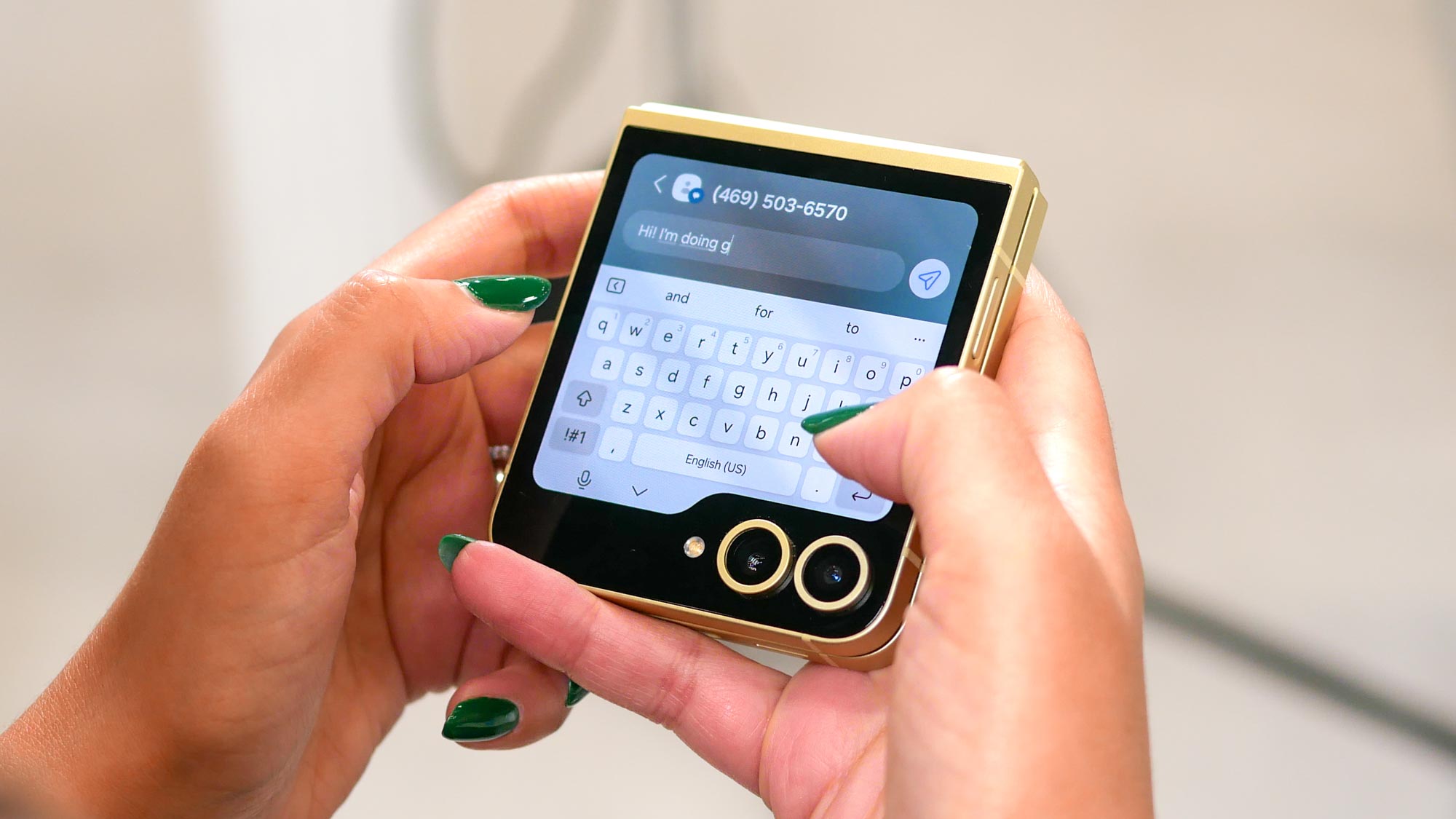
Then again, there's some good news on that front. Jumping back to that article on Samsung's higher foldable prices, analyst Avi Greengart brought up a salient point about the price hikes to Mark Spoonauer. "It is important to remember that smartphones are heavily subsidized in the U.S., so the end consumer often doesn't pay retail prices," said Greengart, the lead analyst at Techsponential.
Indeed, Galaxy Z Fold 6 preorder deals and Galaxy Z Flip 6 preorder deals both offer substantial credits when you trade in devices as part of your purchase. Order either phone from Samsung and you could get upgraded storage at no extra cost. That's going to take the sting out of any price hike.
Still, you're going to have to part with some money if you want the latest foldables from Samsung. And whether you pay full price for the phone or not, your willingness to make the purchase is going to boil down to how you feel about the latest additions to Galaxy AI.
More from Tom's Guide
Sign up to get the BEST of Tom's Guide direct to your inbox.
Get instant access to breaking news, the hottest reviews, great deals and helpful tips.
Philip Michaels is a Managing Editor at Tom's Guide. He's been covering personal technology since 1999 and was in the building when Steve Jobs showed off the iPhone for the first time. He's been evaluating smartphones since that first iPhone debuted in 2007, and he's been following phone carriers and smartphone plans since 2015. He has strong opinions about Apple, the Oakland Athletics, old movies and proper butchery techniques. Follow him at @PhilipMichaels.
-
Primo S $1899 is the same price as a powerful desktop PC. That same PC can leverage AI much better than the Fold. While I love the concept of foldables, I believe Samsung has an uphill battle to convince consumers.Reply -
dwterry I have the S24 Ultra, my wife has the ZFold 5. I upgraded from the S23 Ultra to S24 Ultra on the basis that the AI was going to be some great new addition to the phone. Honestly, I never use the AI features. Which means the S23 and S24 are essentially the same phone for me and I should not have upgraded. Well... we're not falling for that old routine this time on the ZFold 6. The specs between the 5 and the 6 look almost identical, and if the AI is anything like what I have on the S24, it simply won't be worth the upgrade. My wife and I are sticking this one out.Reply

